Cyberbeast! Elon Musk’s Tesla Cybertruck Epitomizes the Wrong Kind of EV Revolution
Tesla Cybertruck certainly tips the scale, with the most expensive “Beast” version weighing more than 6,800 pounds, about the same as a white rhino.
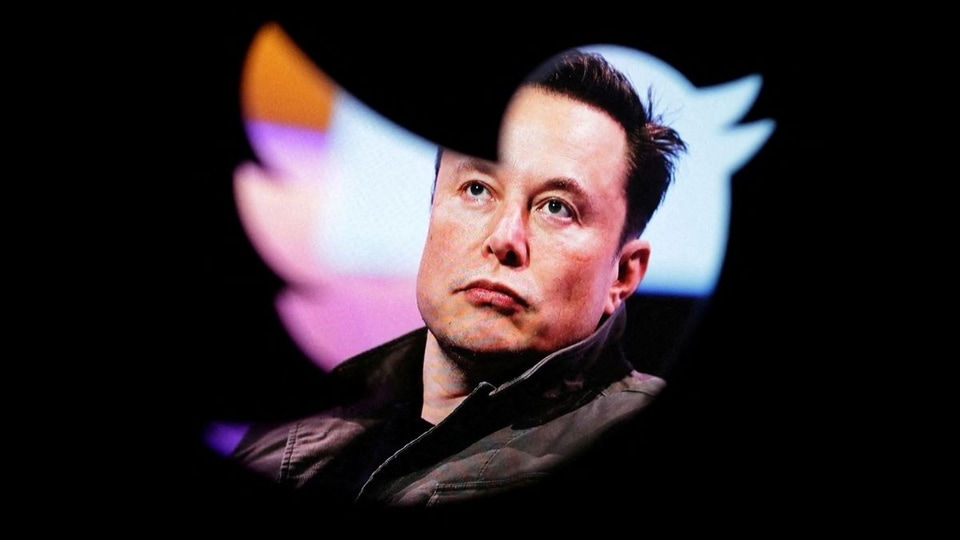
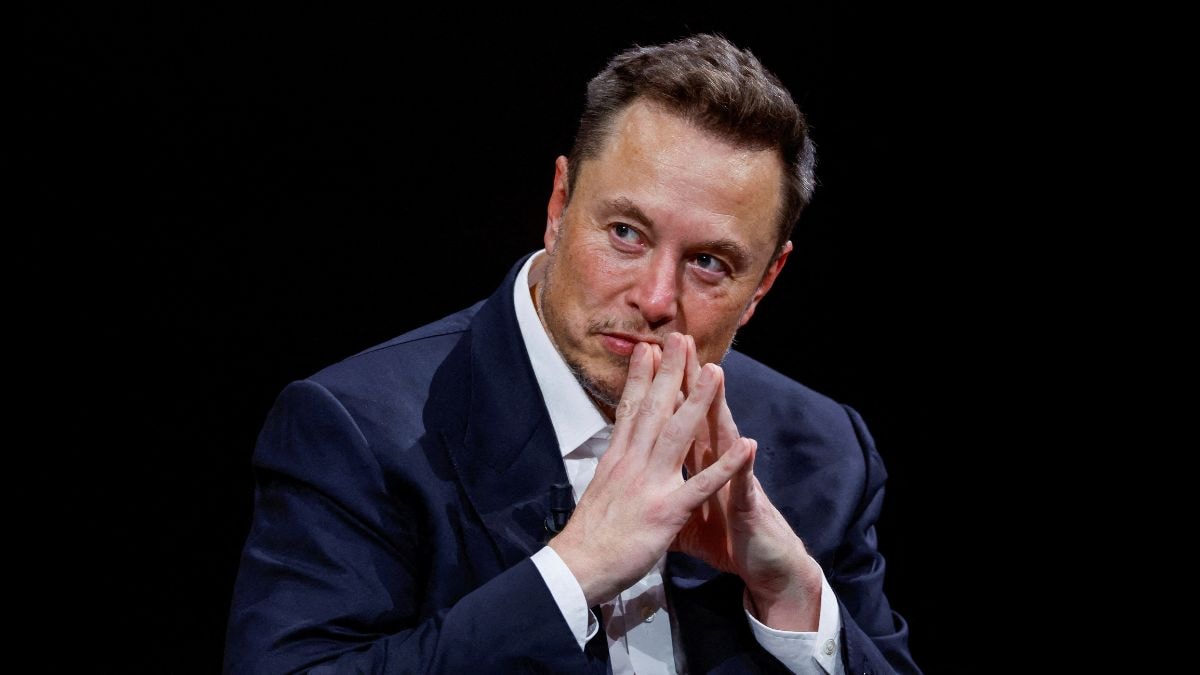
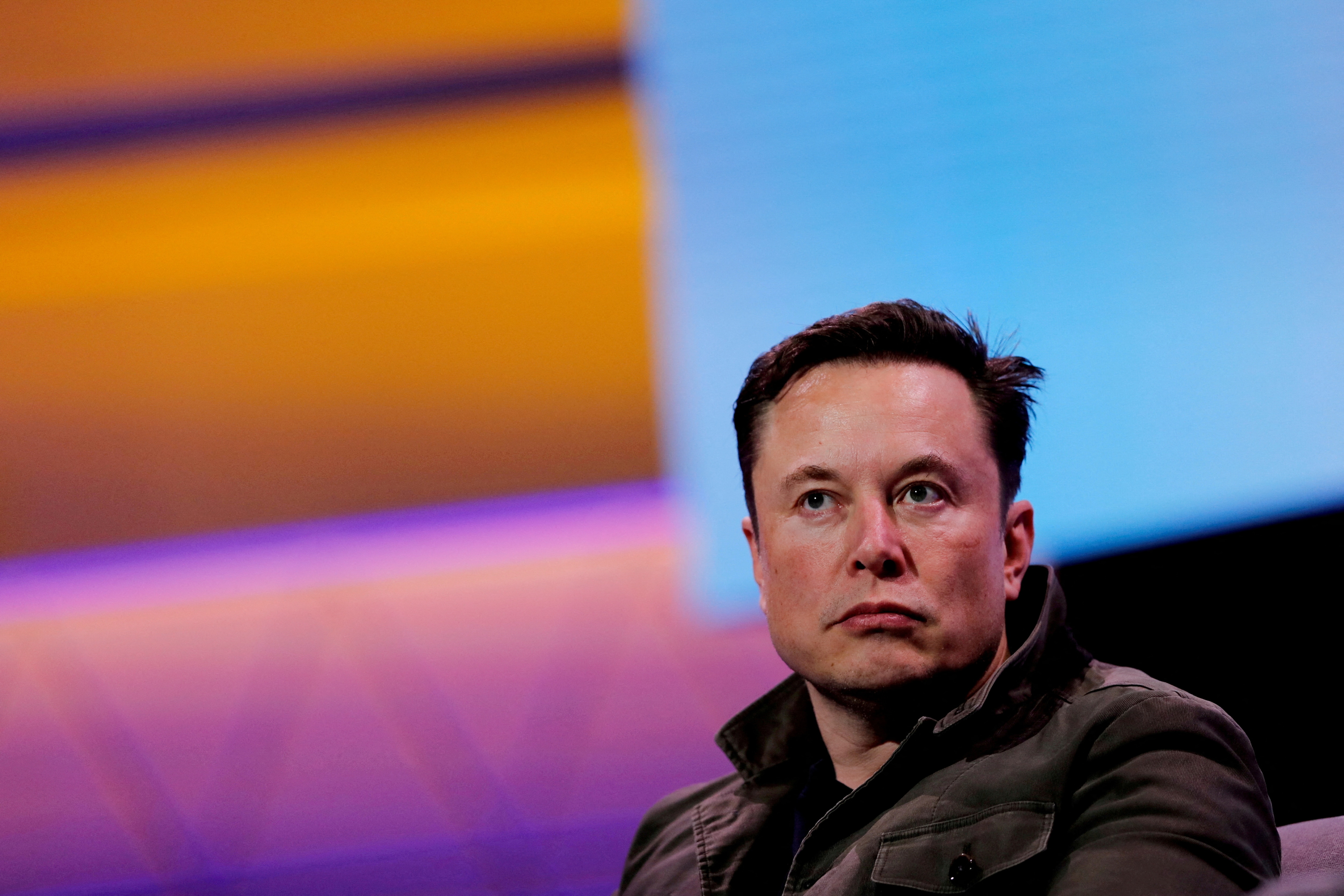
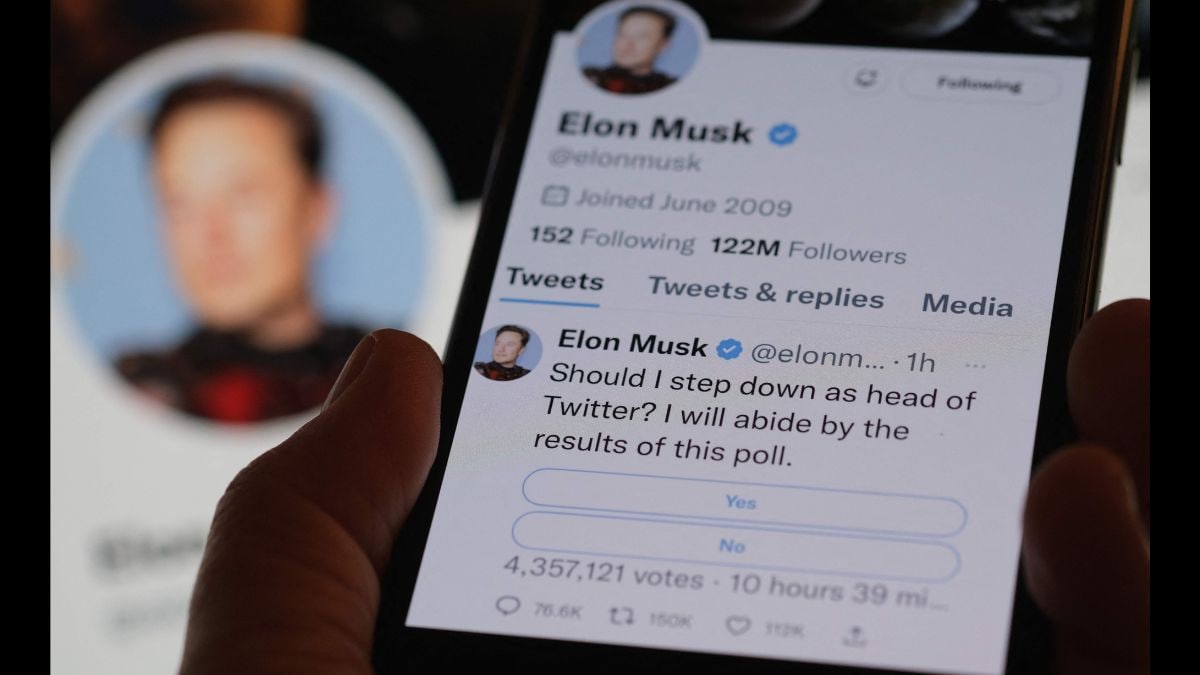



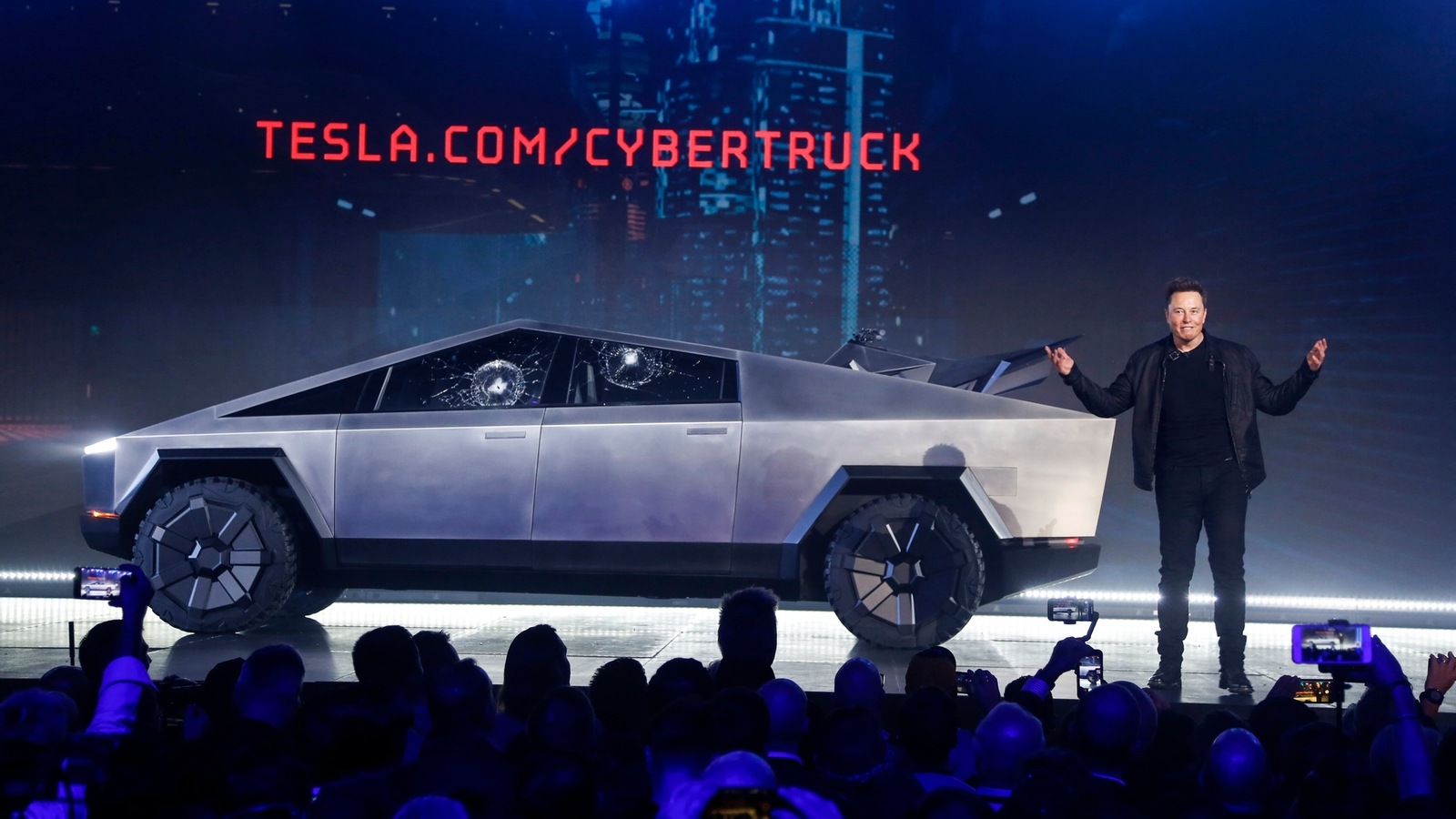
 View all Images
View all ImagesAmong the Tesla Cybertruck's unusual selling points, such as stopping various projectiles, is this one: If you're ever in an argument with another car, you will win. That was Elon Musk talking tough at the launch of Tesla Inc.'s latest model. While any autos executive will talk up safety specs, framing a crash as a contest to be won or lost isn't the typical patter. But it does acknowledge a basic truth about accidents. “Elon Musk knows physics well,” says Raul Arbelaez, a vice president in the vehicle research center at the Insurance Institute for Highway Safety, a nonprofit focused on reducing vehicle-related injury and damage. “Bigger, heavier vehicles will always win, generally speaking.”
The Tesla Cybertruck certainly tips the scale, with the most expensive “Beast” version weighing more than 6,800 pounds, about the same as a white rhino. That's more than half a ton heavier than the weightiest F-150 truck with an internal combustion engine. Dubbed the Cyberbeast, it's also roughly double the weight, or more, of popular models like Honda Motor Co.'s CR-V SUV or Civic sedan. Its signature material of stainless steel is so hard, Musk says, “the body panels would break the stamping machine” used to shape steel for regular vehicles. What's more, being electric, the Cybertruck tears off the line, with Tesla claiming zero to 60 miles per hour in under three seconds. As Tesla boasts: “More utility than a truck. Faster than a sportscar.”
What could possibly go wrong? The EV revolution, for one thing.
The Cybertruck isn't unique in this regard; rather it epitomizes an emerging concern as EVs surpass a million annual sales in the US for the first time. EVs are, in general, significantly heavier than their gas-guzzler counterparts, due to having a battery rather than a fuel tank, and accelerate more quickly. The Ford F-150 Lightning Platinum, for example, weighs about the same as the Cybertruck. And neither of those are even the heaviest EV out there. That dubious honor belongs to General Motors Co.'s Hummer EV, at more than 9,000 pounds, or four-and-a-half tons. Its battery alone weighs about the same as a basic Honda Civic. And it clocks 60 mph in 3.5 seconds.
The IIHS has conducted tests of larger and smaller vehicles colliding, finding that the latter come off significantly worse (see this from 2009 and this from 2018). Arbelaez says that in a regular 40 mph crash test, not involving mismatched models, most vehicles today earn a “good” rating in terms of how seatbelts, airbags and the safety cage perform. At 50 mph, however, that rating begins to drop off sharply; by 56 mph, ratings tend to be “poor,” the lowest on the scale, with the safety cage compromised and higher risk of life-threatening injuries.
Crash two vehicles of the same type at 40 mph and they will tend to stop in the middle. However, by Arbeleaz's math, crash a 9,500 pound vehicle (a loaded Hummer EV, for example) into a typical 4,000 pound SUV at 40 mph, and the smaller vehicle doesn't just slow to zero. It also gets pushed back at 18 mph, for an all-in crash severity of 58 mph. In other words, all that extra mass in the bigger vehicle bears down as force on the occupants of the lighter one.
As EVs become more commonplace, the chance of such mismatched collisions increases. Drivers also have to get used to the step-change in torque; they may be used to head-snapping acceleration in a Porsche, but not a pickup. Yet decarbonization, backed by government policy, demands electrification at a rapid clip.
In addressing this, it should be recognized that heavier EVs represent an extension of a longstanding trend rather than something entirely new. US vehicles have gotten safer for their passengers over time as hardware like airbags and driver assistance software have proliferated. But they also began getting heavier in the 1990s, as memories of the 1970s oil-shock faded. The average new vehicle now weighs about 4,300 pounds, almost half a ton heavier than 30 years ago.
Tastes have also skewed toward bigger as better. In the early 1990s, models weighing 2,750 pounds or less and those weighing 4,000 pounds or more each accounted for about a quarter of US production. Today, the former have all but disappeared and the latter constitute almost three-quarters of the market. Pickups have piled on roughly an extra 1,300 pounds, on average. Mass begets mass, not least because automakers can charge higher margins on bigger, tricked-out models and drivers, seeing all those tanks with cupholders tooling around suburbia, may feel nervous if they aren't also in one.
Heavier EV models reflect, in part, the marketing department's desire to replicate the SUV and truck form factors popular already. This is self-reinforcing, since the accompanying weight and poor aerodynamics of those types demand bigger — and therefore heavier and more expensive — batteries in order to provide more range.
Addressing range anxiety represents the key to stopping this spiral. The industry seems to have settled on 300 miles of range as being the sweet spot for customer acceptance. Yet that is far beyond what the average driver would need on all but a handful of days per year — provided, that is, they can charge regularly and easily.
Indeed, while breakthroughs in battery technology, packing more energy into smaller packs, would help reduce EV weights, the more prosaic solution would be more widespread, reliable charging. No need to haul around a week's worth of fuel — and pay for all that extra weight — if you feel confident you can get a top-up whenever needed. As an aside, this would also bury concerns about shortages of critical minerals.
In that light, even as the Cybertruck has dominated conversations about Tesla of late, it's the company's charging network that has played a more profound role in the evolving EV market this year. Legacy automakers have lined up to buy into Tesla's Superchargers as they have realized how crucial extensive, seamless charging is to the EV experience, rather than a nice-to-have.
Launching the Cybertruck, Musk boasted that “finally the future will look like the future.” But he's dead wrong: EVs can't, in the main, look like that if they're to have any real future. If anything, it's the Supercharger, and the lighter, cheaper vehicles it can support, that offers a more realistic glimpse of what's possible.
Catch all the Latest Tech News, Mobile News, Laptop News, Gaming news, Wearables News , How To News, also keep up with us on Whatsapp channel,Twitter, Facebook, Google News, and Instagram. For our latest videos, subscribe to our YouTube channel.































